by Albrecht Durer Melancholy I (1514) is one of the most famous and mysterious prints in the world. The immensely detailed engraving depicts the personification of “melancholy” – one of the four temperaments – in the form of a downcast, winged woman who is surrounded by the mechanical trappings of scientific theory and artistic production. She is further surrounded by symbols that mark the passage of time, including an hourglass, a sundial, a sick dog, and a “magic square” calendar, all of which serve to amplify a sense of creative frustration.
The image captured the popular imagination in the artist’s city of Nuremberg and beyond, as Northern Renaissance humanist philosophies flourished and the thirst for newly available printed images swept through the class. Merchant. Although Melancholy I was widely distributed, along with numerous copies and forgeries, the original printing plate is long lost, and scholarship regarding the exact meaning of this work of art has occupied scholars for centuries.
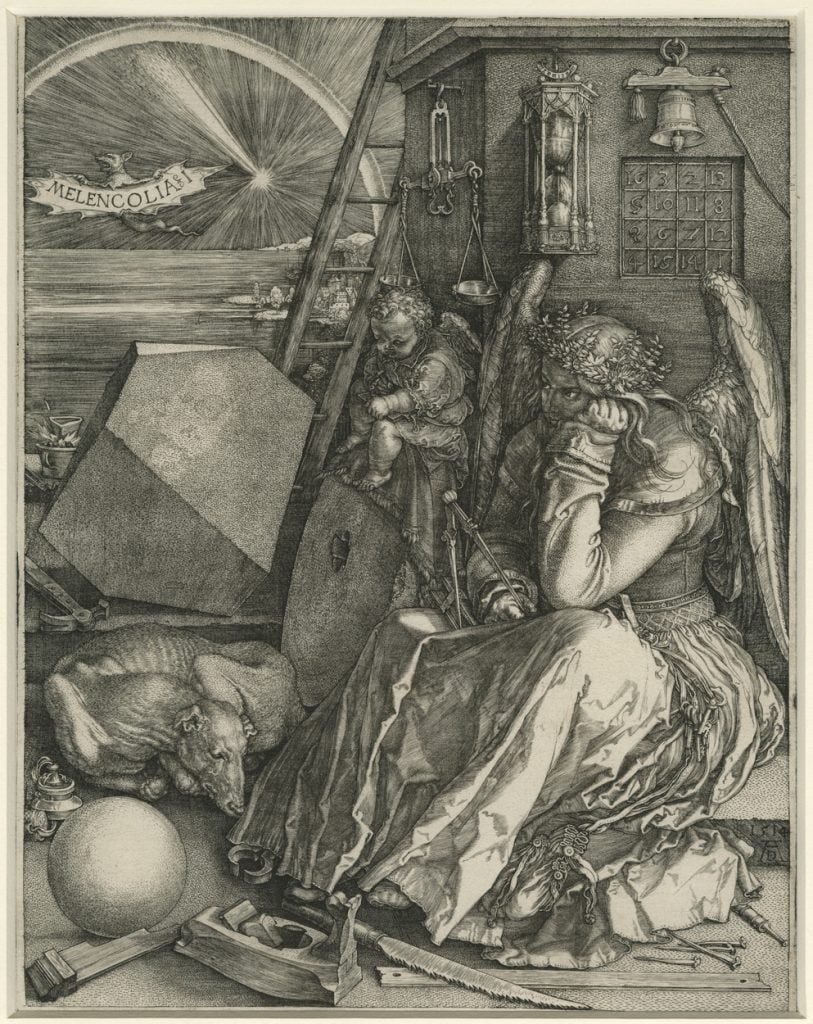
Albrecht Durer (1471 – 1528), Melancholy I (circa 1514). The Whitworth, University of Manchester. Photo by Michael Pollard.
The story and context of this engraving captured the imagination of Stockholm-based conceptual art duo Goldin+Senneby, following discussions with their long-time collaborator Ismail Ertürk, cultural economist at Manchester Business School. He envisages Melancholy I as a “melancholy of finance” in which the respected tools of the banking industry ultimately failed.
This theory has become the starting point for a new project currently featured in two major new exhibitions at the Whitworth Art Gallery: “Albrecht Dürer’s Material World” (until March 10, 2024) and “Economics: The Blockbuster” (until March 10, 2024). to October 22). Using an original print from the museum’s collection, the artists worked with Hungarian banknote producer Jura to reverse-engineer the printing plate through advanced scanning and 3D printing, with a redesign expert by master engraver Gunnar Nehls.
By putting into circulation a set of contemporary prints of Dürer’s masterpiece (approximately 200 original prints are known), Goldin+Senneby effectively liquidates a museum asset without disposal, thereby raising funds for the Whitworth and their own research. The resulting prints are titled Quantitative melancholy, in reference to the process of “quantitative easing” originally used in the wake of the 2007 financial crisis, where banks bought bonds to drive down interest rates. The original print run of 18 copies is printed on 16th-century paper contemporary to Dürer’s time, each being sold to founding collectors for £5,000 each (approx. $6,456). The intention is that subsequent editions will be printed on new paper in the gallery for the duration of the exhibitions and sold in the gift shop at a more affordable price.

Lucas Kilian (1579 – 1637), Portrait of Albrecht Durer (1608). The Whitworth, University of Manchester. Photo by Michael Pollard.
This left-wing way of generating income in an increasingly financially constrained sector is certainly shrewd, but it is also in line with Dürer’s lucrative business. “Dürer was a successful businessman when mass-printing was born, he not only produced images, but also invented new forms of circulation,” the duo explain. ” In one way, Quantitative melancholy simply continues Dürer’s printing business […] One could even argue that our project proposes another form of conservation, one that reactivates an artistic process rather than simply conserving an artifact.
“The material world of Albert Düreris on view at the Whitworth, Manchester, until March 10, 2024.
“The Blockbuster – It’s Not Business As Usualis on view at the Whitworth, Manchester, until October 2022.
See more images from the exhibits below.
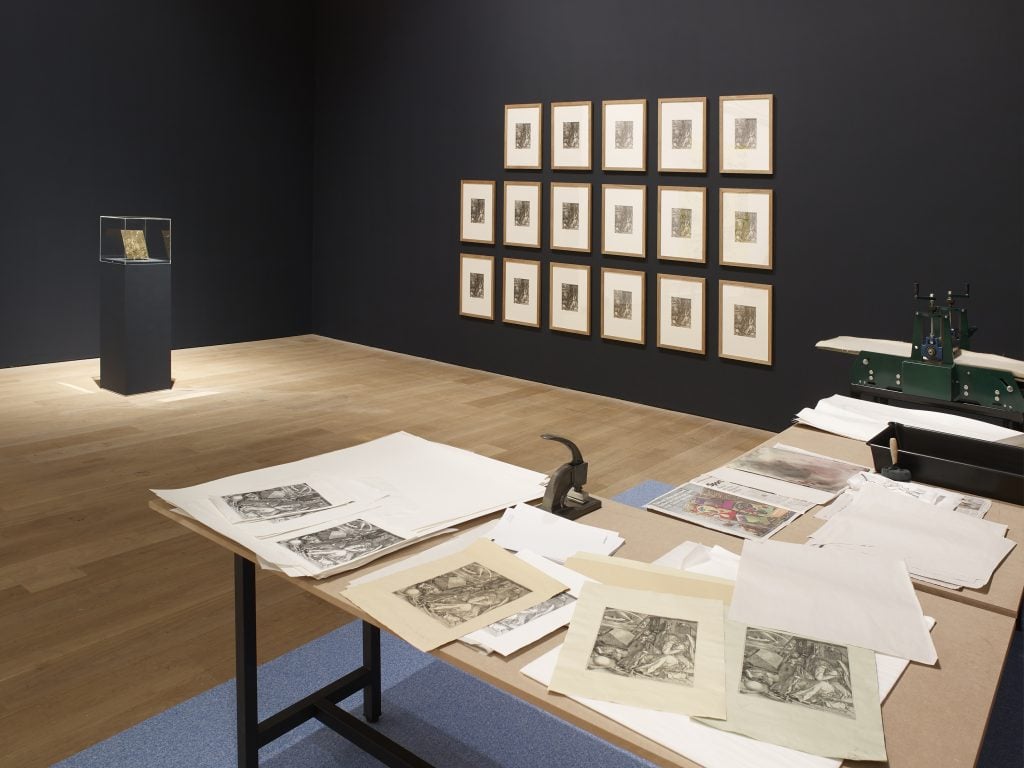
The Whitworth. The economy the blockbuster. Photo by Michael Pollard.

Albrecht Durer (1471 – 1528), The Knight, Death and the Devil (circa 1513). The Whitworth, University of Manchester. Photo by Michael Pollard.
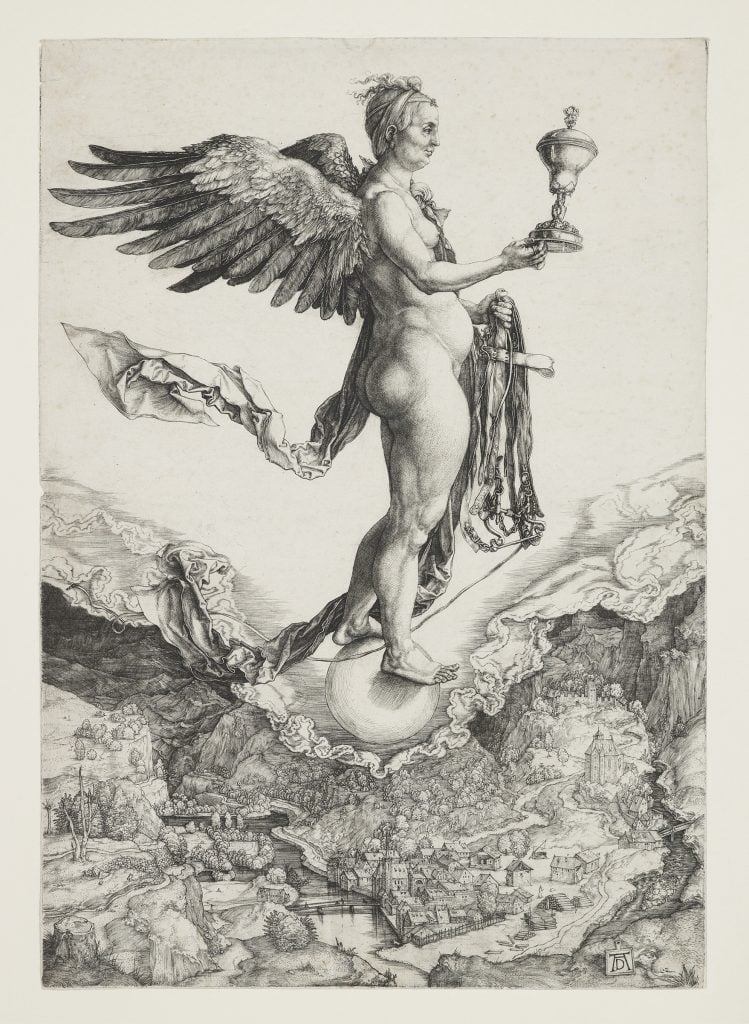
Albrecht Durer (1471 – 1528), Nemesis (The Great Fortune) (around 1501). The Whitworth, University of Manchester. Photo by Michael Pollard.
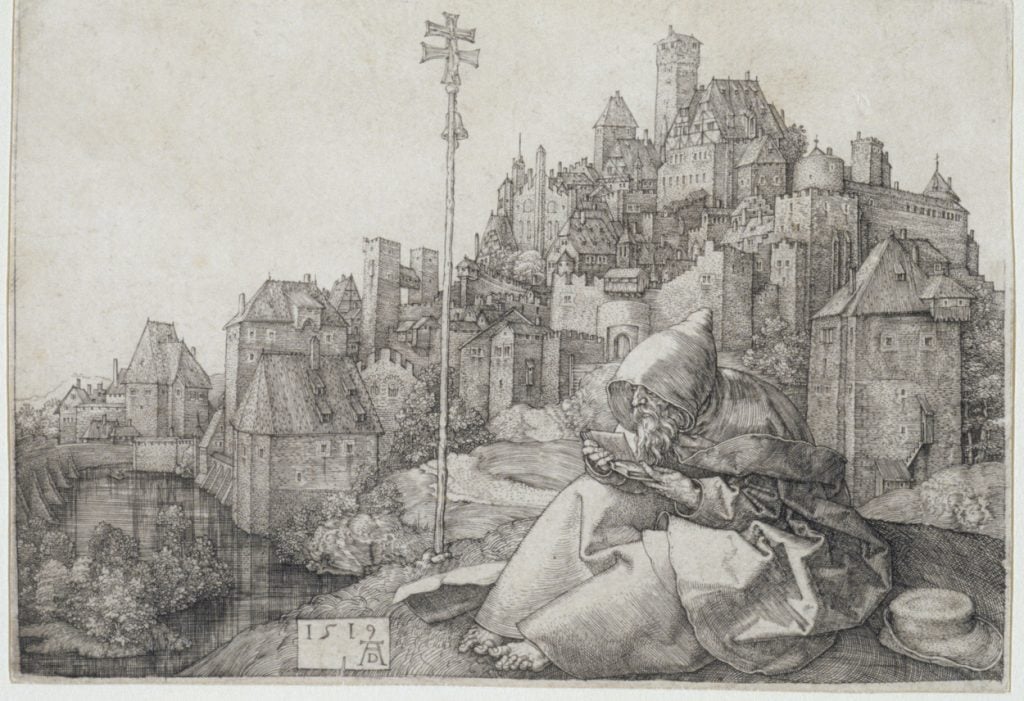
Albrecht Durer (1471 – 1528), Saint Antoine in front of the city (circa 1519). The Whitworth, University of Manchester. Photo by Michael Pollard.
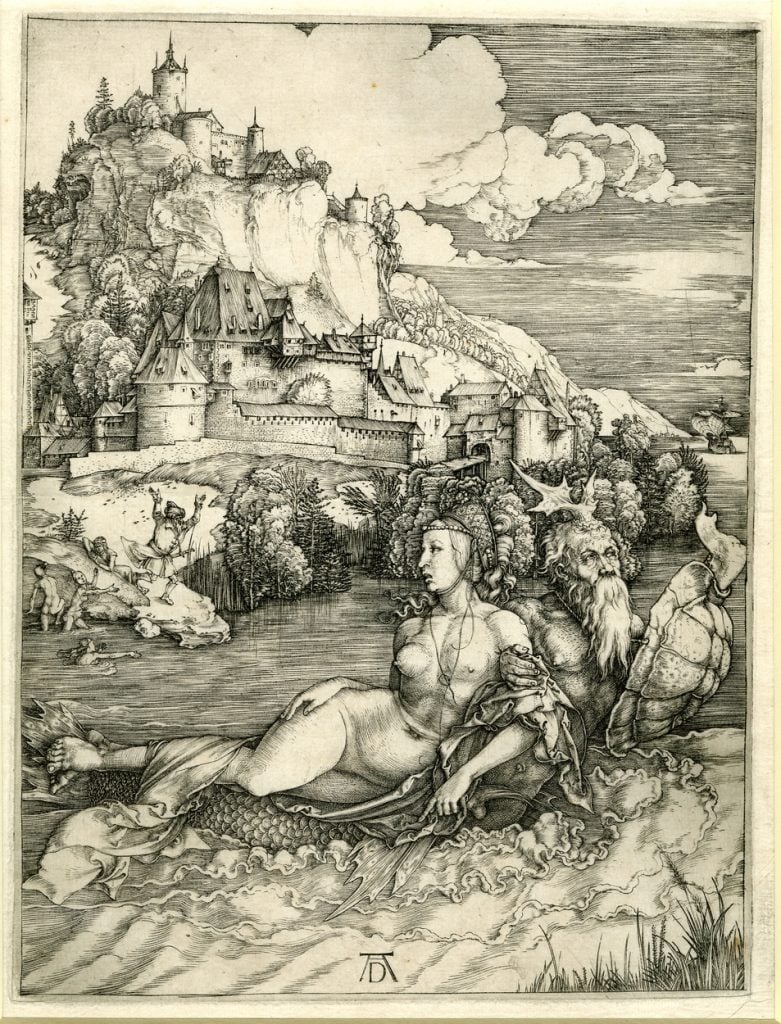
Albrecht Durer (1471 – 1528), The sea monster (circa 1498-1501). The Whitworth, University of Manchester. Photo by Michael Pollard.
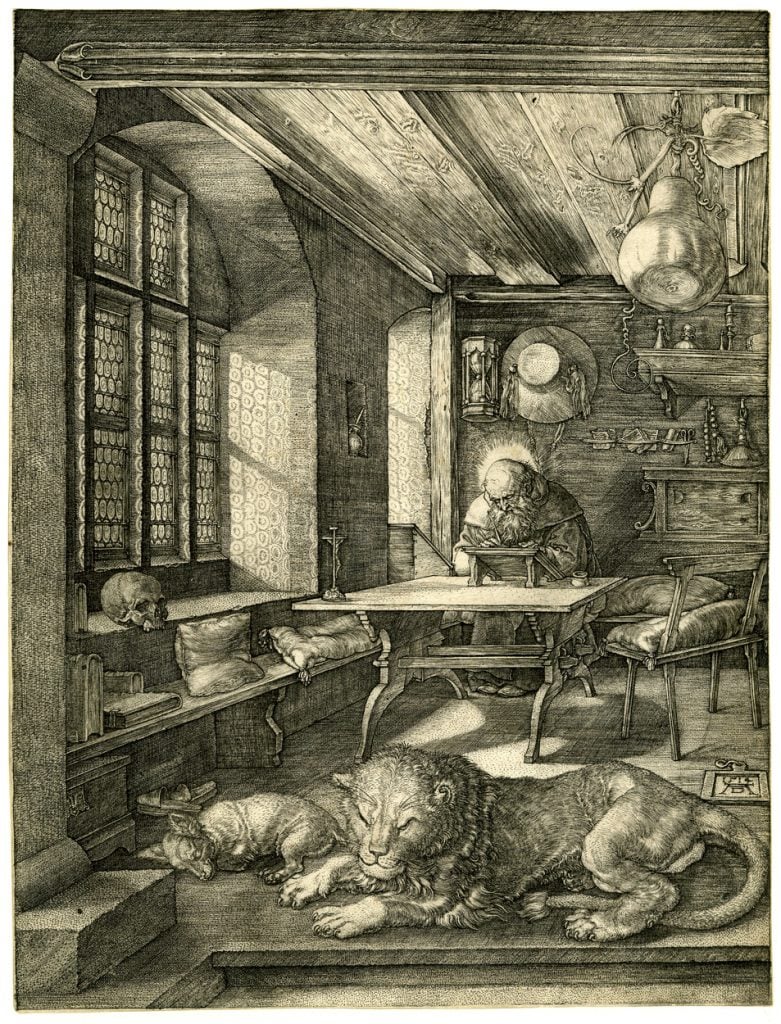
Albrecht Durer (1471 – 1528), Saint Jerome in his study (circa 1514). The Whitworth, University of Manchester. Photo by Michael Pollard.
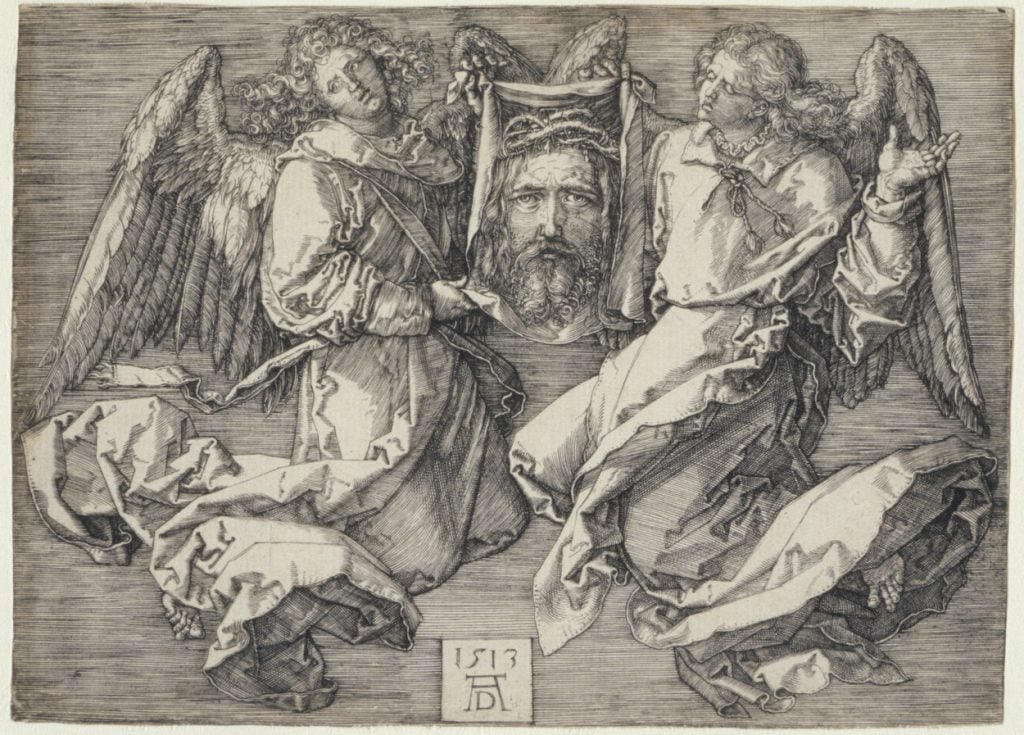
Albrecht Durer (1471 – 1528), The Sudarium held by two angels (circa 1513). The Whitworth, University of Manchester. Photo by Michael Pollard.
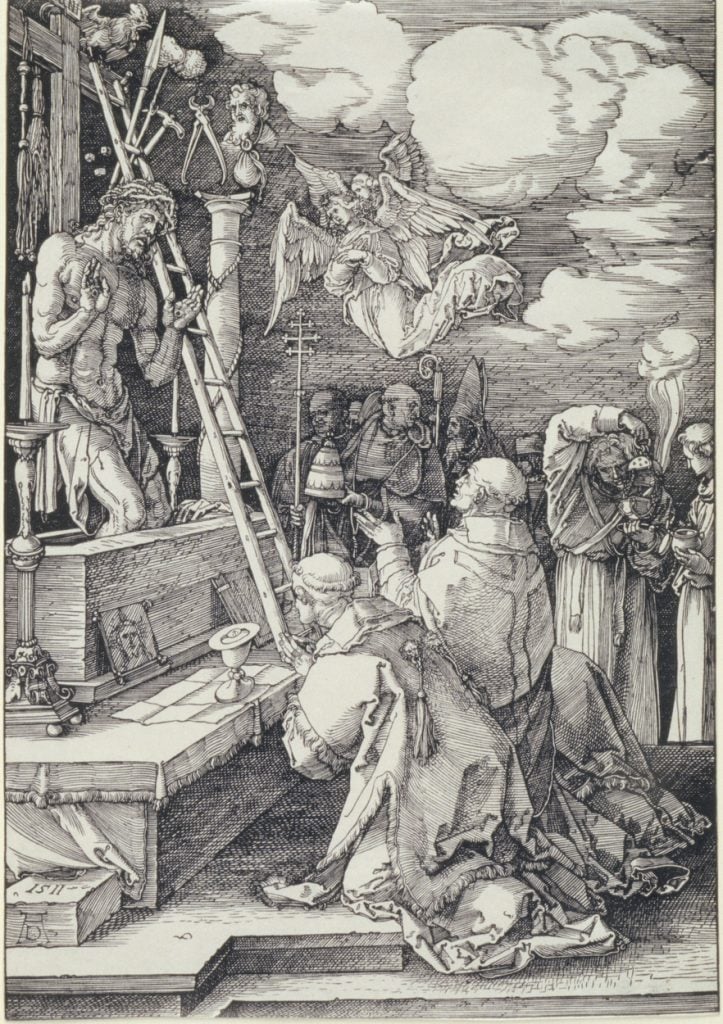
Albrecht Durer (1471 – 1528), The Mass of Saint Gregory (circa 1511). The Whitworth, University of Manchester. Photo by Michael Pollard.
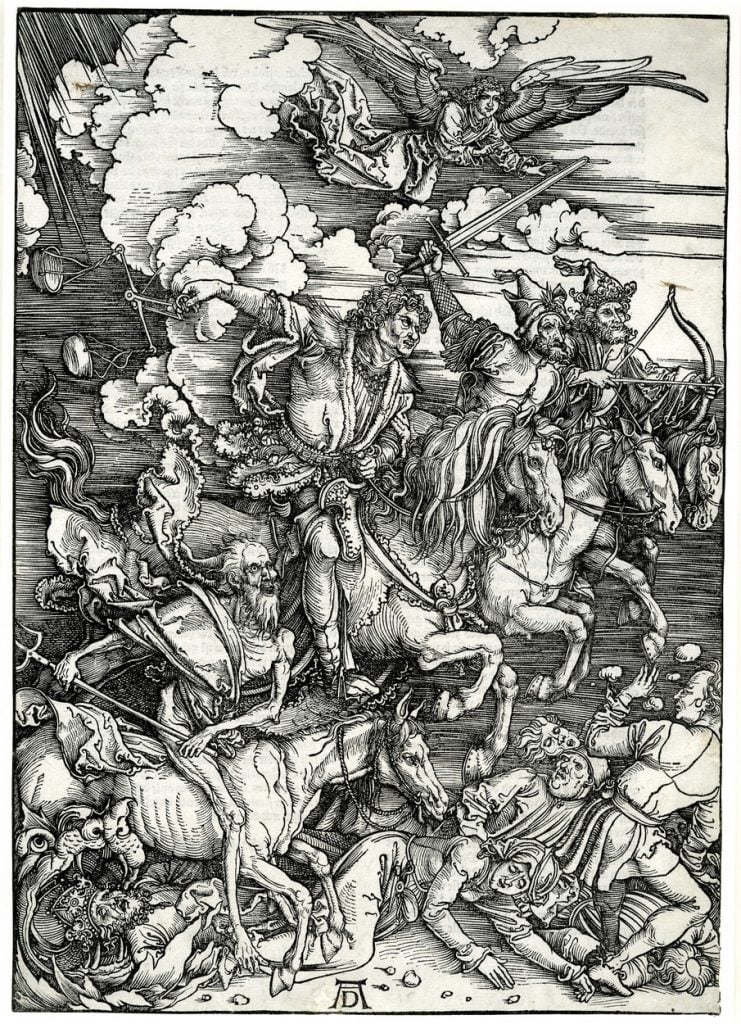
Albrecht Durer (1471 – 1528), Four horsemen of the apocalypse: death, famine, war and the conqueror (apocalypse) (circa 1498). The Whitworth, University of Manchester. Photo by Michael Pollard.
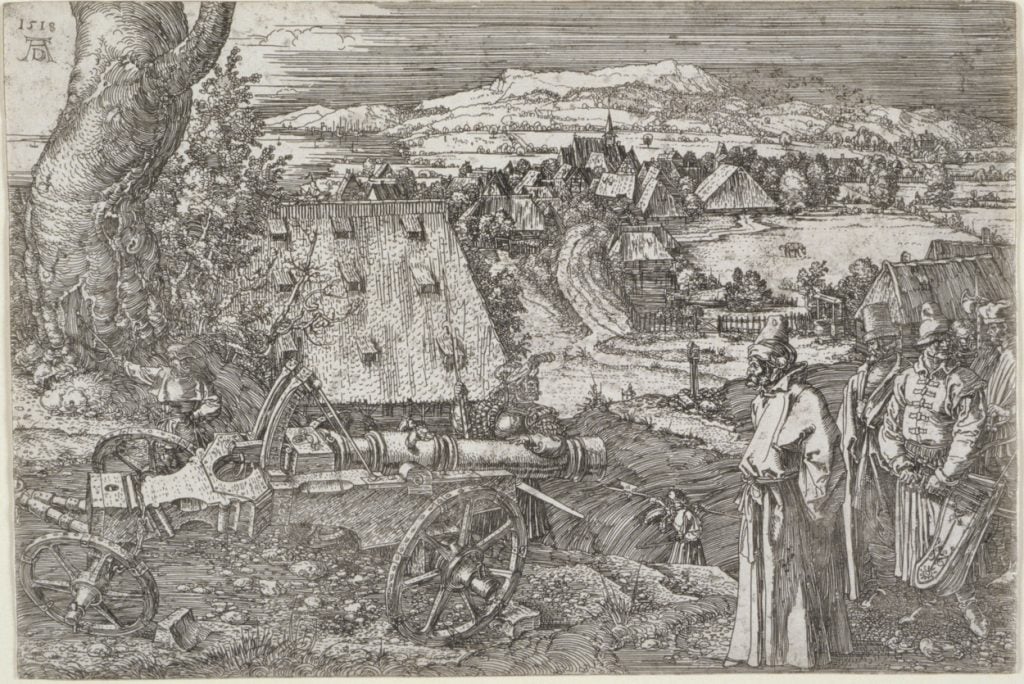
Albrecht Durer (1471 – 1528), landscape with a cannon (circa 1518). The Whitworth, University of Manchester. Photo by Michael Pollard.
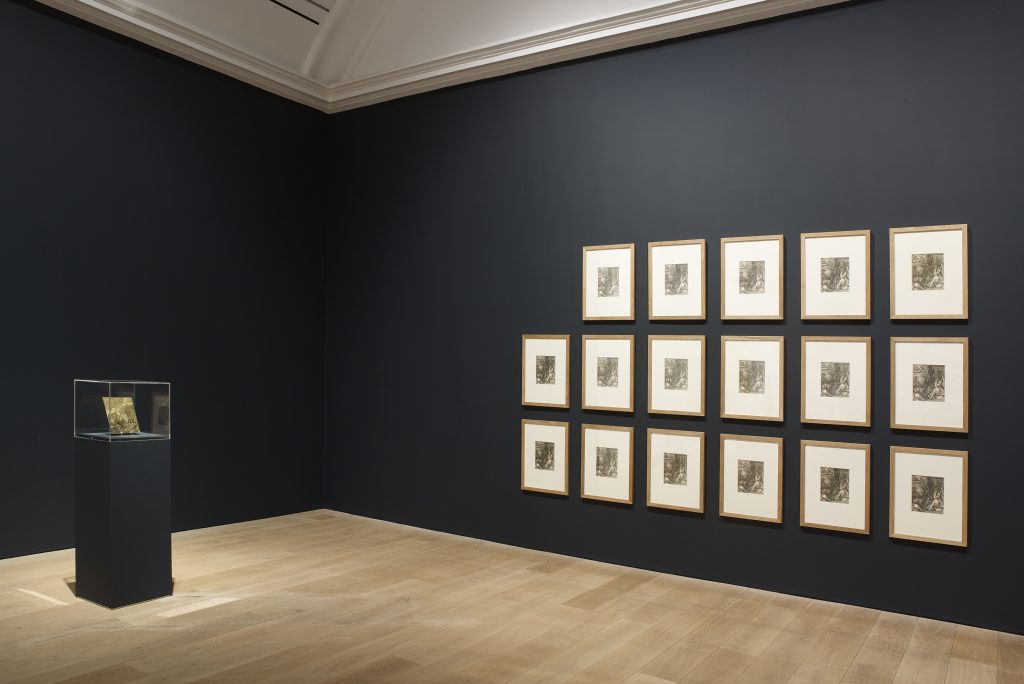
The Whitworth. The economy the blockbuster. Photo by Michael Pollard.
More trending stories:
A Norwegian father hiking with his family discovered a rock wall covered in Bronze Age paintings
Gnarled old tooth found in museum cabinet may hold key to understanding ancient hippo relative
Israeli first-grader stumbled across 3,500-year-old Egyptian amulet on school trip
Follow Artnet News on Facebook:
Want to stay one step ahead of the art world? Subscribe to our newsletter to receive breaking news, revealing interviews and incisive reviews that move the conversation forward.
